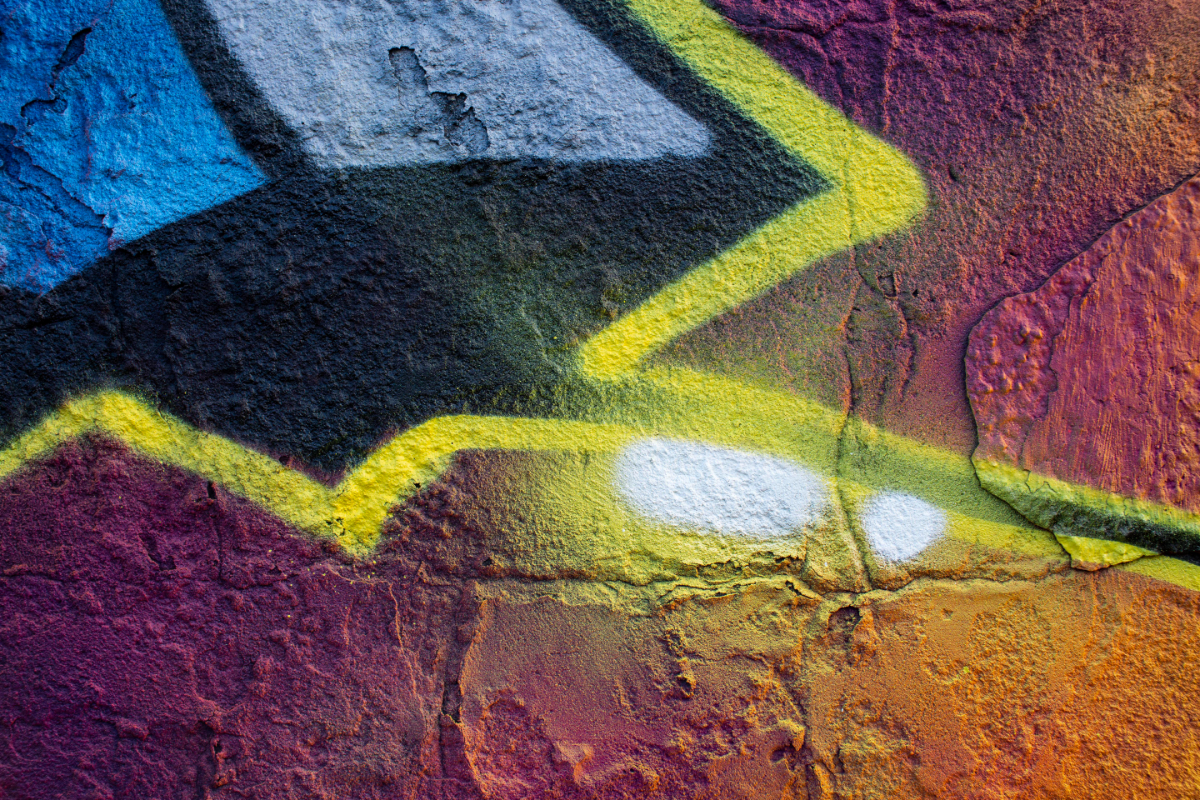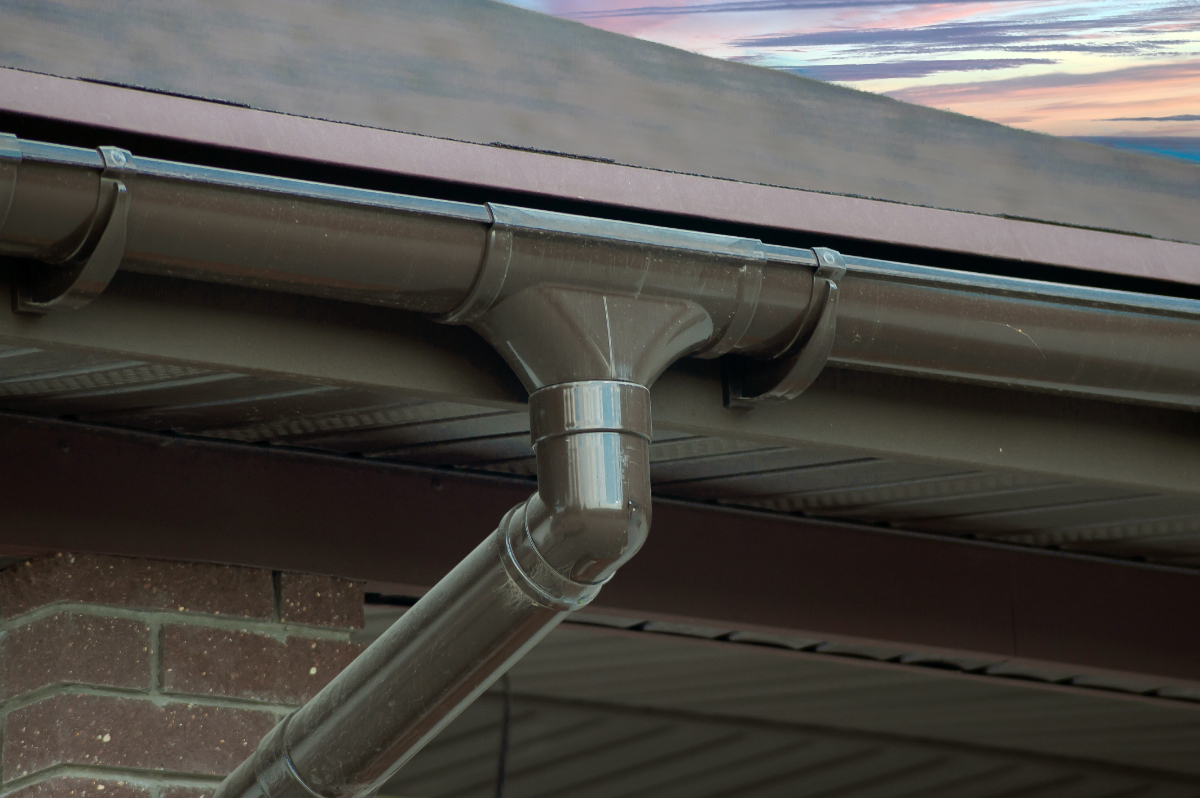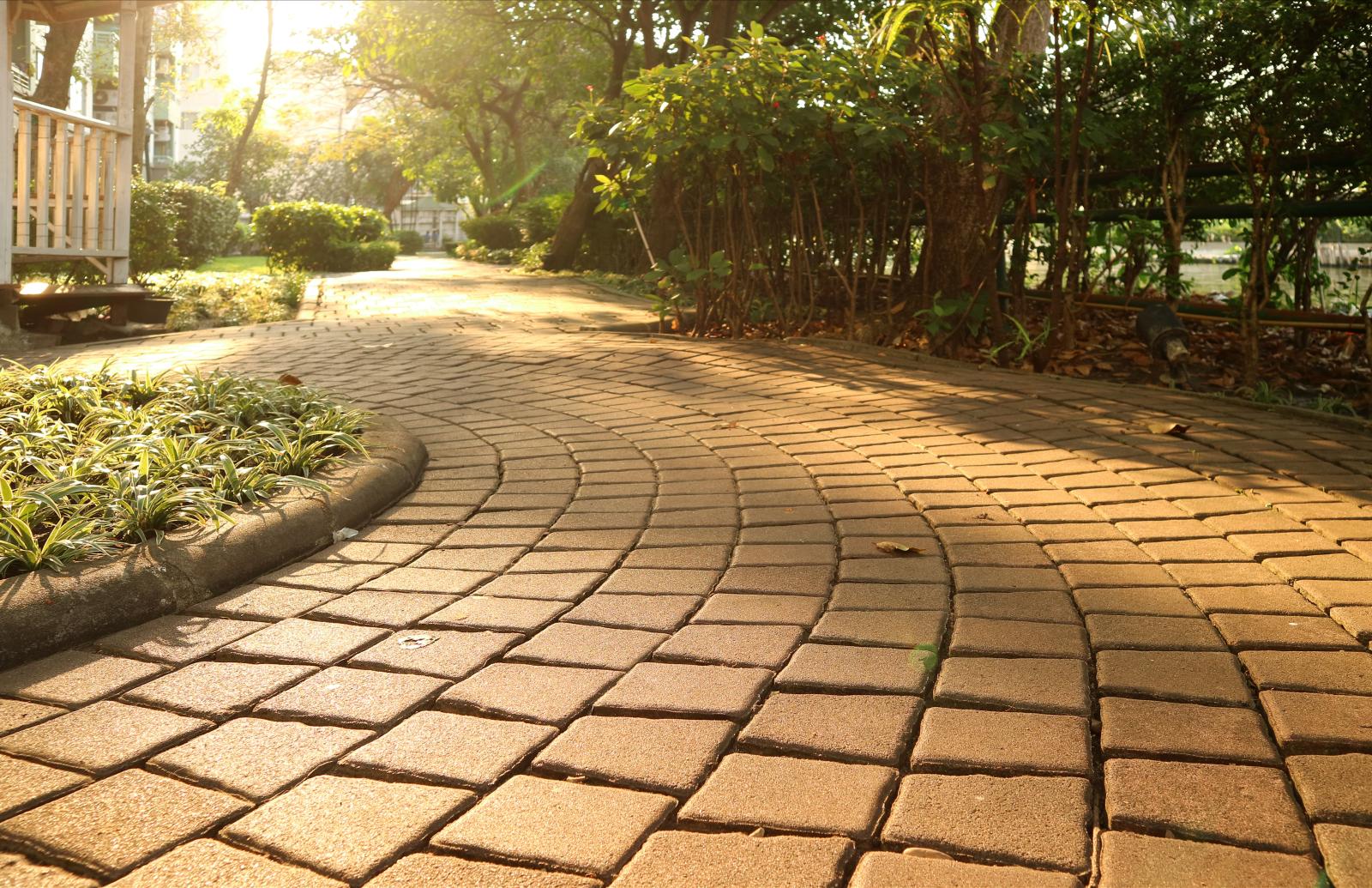Have you been asking: can pressure washing remove graffiti? This guide explores the effectiveness of pressure washing for graffiti removal, the reasons it is important to remove graffiti from your property, and the best steps to take for safe, long-lasting results.
Can I Remove Graffiti with a Professional Pressure Washer?
Graffiti is often applied with spray paint, markers, or inks on surfaces such as brick walls, glass, concrete, and even metal. While pressure washing can be effective in removing graffiti, the success depends on the type of surface and the length of time the paint has been left untreated.
- Brick and Concrete: High-pressure hot water combined with specialised chemicals works effectively on porous surfaces.
- Metal and Glass: More delicate approaches with sensitive surface removers and lower water pressure are required to avoid damage.
- Painted Walls: Extra care is needed, as pressure washing can strip away both the graffiti and the original paint layer.
Understanding the characteristics of each surface ensures that removal is effective without causing unnecessary damage.
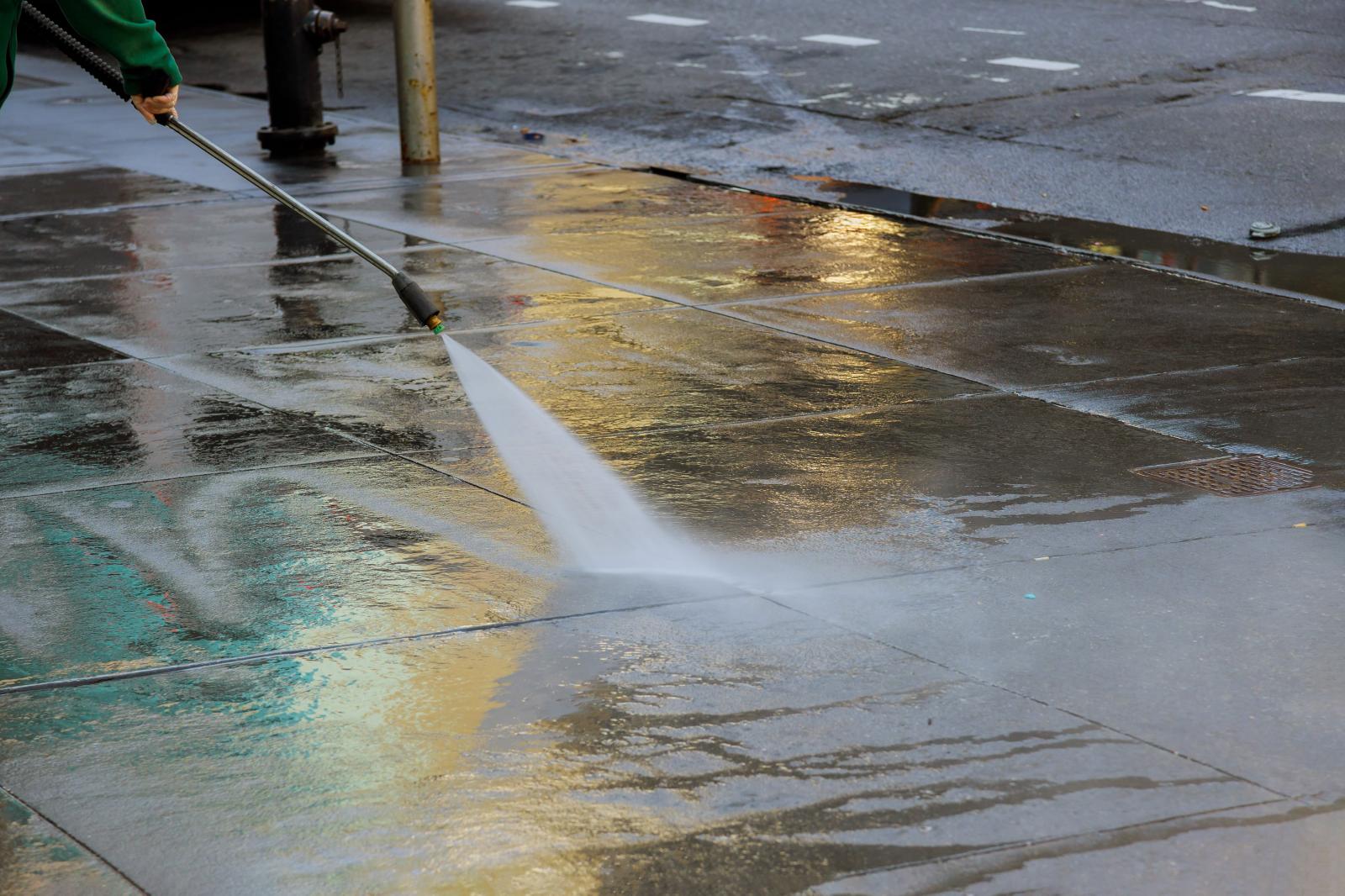
Removing Graffiti using a High-Pressure Cleaner
Public agencies frequently hire organisations with a low level of expertise to remove graffiti; utilising non-specialised detergents, chemicals, or abrasive instruments runs the danger of harming surfaces without really removing the paint.
Using a high-pressure cleaner to remove graffiti avoids these problems and saves both time and money.
Choosing to remove graffiti with high-pressure cleaners ensures that the solution will be flexible, making the decision a beneficial long-term investment.
Why Timely Graffiti Removal is Important
Time is a critical factor when dealing with vandalism. Fresh graffiti is easier to remove, whereas graffiti that has been left for weeks or months penetrates deeper into surfaces, making removal more difficult and sometimes leaving permanent shadows. Leaving graffiti can:
- Diminish the value of properties and negatively affect appearance.
- Attract further vandalism and antisocial behaviour.
- Cause long-term damage to protective paint layers and building materials.
Removing graffiti promptly helps protect your investment and maintain a professional image.
The Role of Professional Graffiti Removal Services
While DIY methods may seem appealing, professional cleaning services offer a safer and more effective solution. A trained team will use the correct equipment, chemicals, and techniques to remove graffiti effectively without harming the surface.
Benefits of hiring professionals include:.
Also, if you conduct a paint-over on concrete or brick, it will be difficult to remove both the paint covering the graffiti tag and the original graffiti tag. Overall, it is a low-cost choice that reflects poorly on whoever maintains the facility.
- Access to specialist chemicals designed for different surfaces.
- Use of advanced pressure washing equipment with hot water and variable pressure settings.
- Trained teams who can work efficiently and deliver consistent results.
- Reduced risk of damage compared to untrained attempts.
When you contact us for graffiti removal services, our experienced team ensures the surface is cleaned safely, effectively, and in compliance with local guidelines.
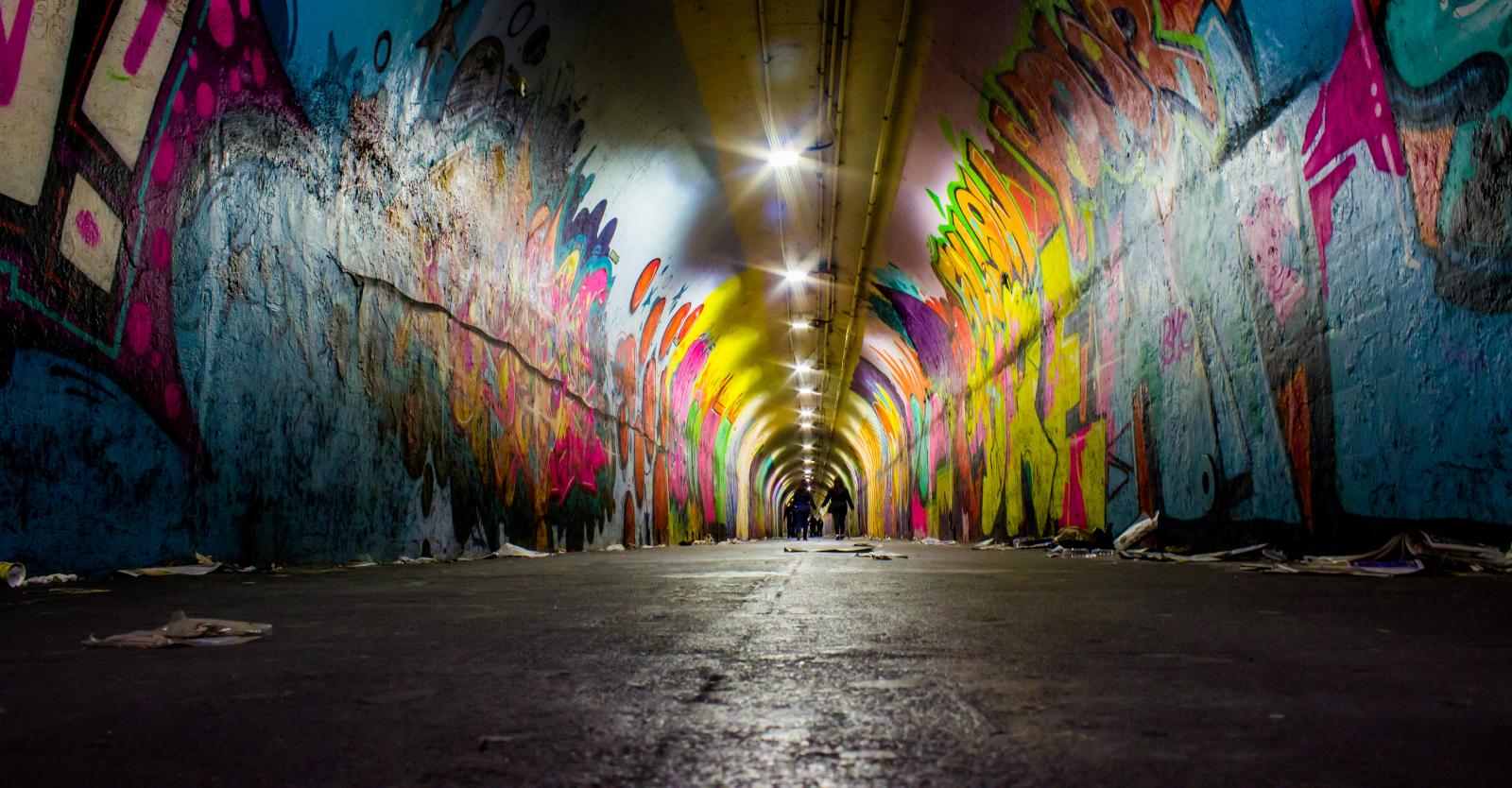
Combining Pressure Washing with Chemicals
Pressure washing alone is not always enough. In many cases, combining high pressure with chemical treatments produces the best results.
- Bare Brick Remover: For porous surfaces such as brick or concrete.
- Sensitive Surface Remover: For glass, metals, and polished stone.
- Feltpen Fadeout: Designed for inks and pens.
Using the right chemical ensures that graffiti is dissolved before being washed away, making the process both faster and more effective.
Preventing Future Graffiti
Once graffiti is removed, property owners should consider preventive steps:
- Protective coatings can be applied to surfaces, making future graffiti easier to clean.
- Improved lighting and CCTV around vulnerable areas can deter vandals.
- Community involvement and rapid response strategies reduce the chances of repeat vandalism.
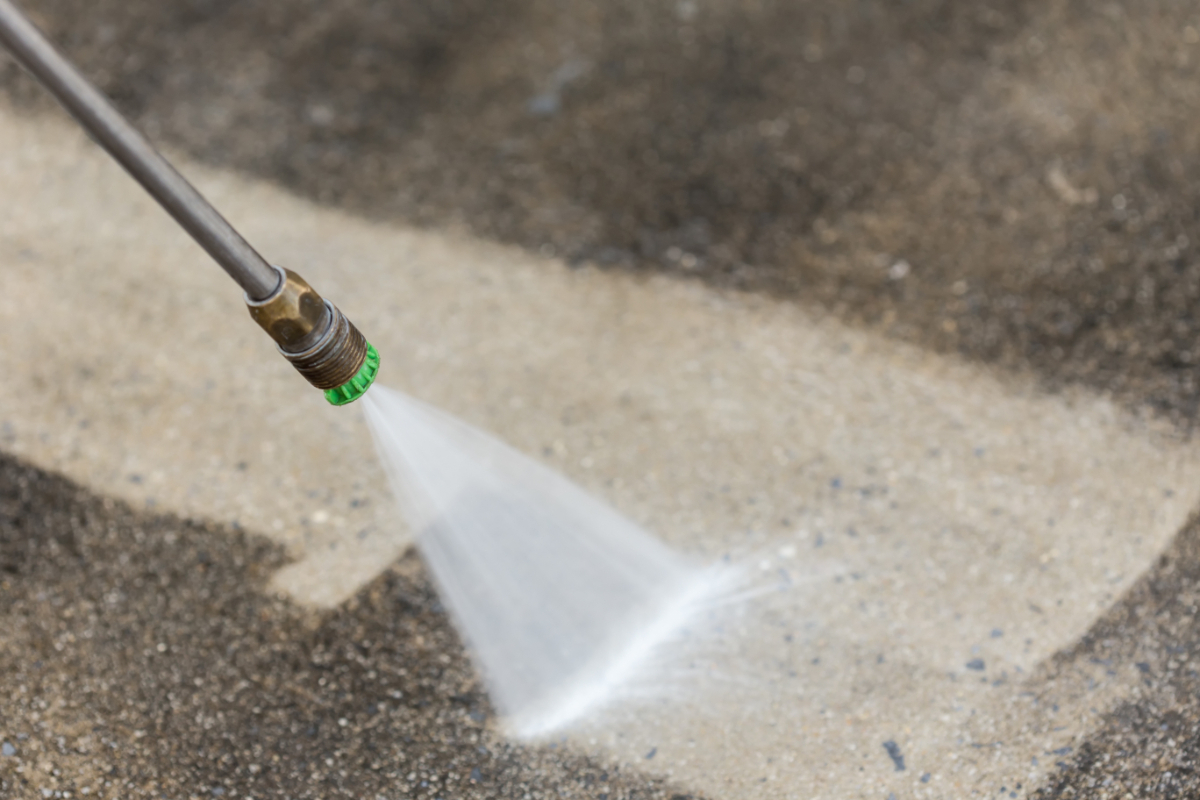
Common Mistakes in Graffiti Removal
- Using the wrong chemicals – Harsh solvents may cause surface damage.
- Applying too much pressure – This can erode brick, concrete, or painted surfaces.
- Leaving graffiti for too long – The longer graffiti remains, the more difficult it becomes to remove effectively.
- DIY without protective equipment – Always ensure gloves, goggles, and masks are worn when using chemicals.
Final Thoughts: Is Pressure Washing the Best Way to Remove Graffiti?
Yes, pressure washing combined with the right chemical solutions is one of the most effective methods for removing graffiti. It ensures surfaces are cleaned properly, restores the property’s appearance, and helps prevent long-term damage.
If you are dealing with graffiti on your property and want quick, professional results, it’s best to rely on a trained team with the right tools and experience. For safe and reliable graffiti removal services, contact us today.
Ripon Exterior Cleaning offer graffiti removal in Stockton-on-Tees and the surrounding areas. We perform our graffiti removal services with the highest attention and efficiency.

